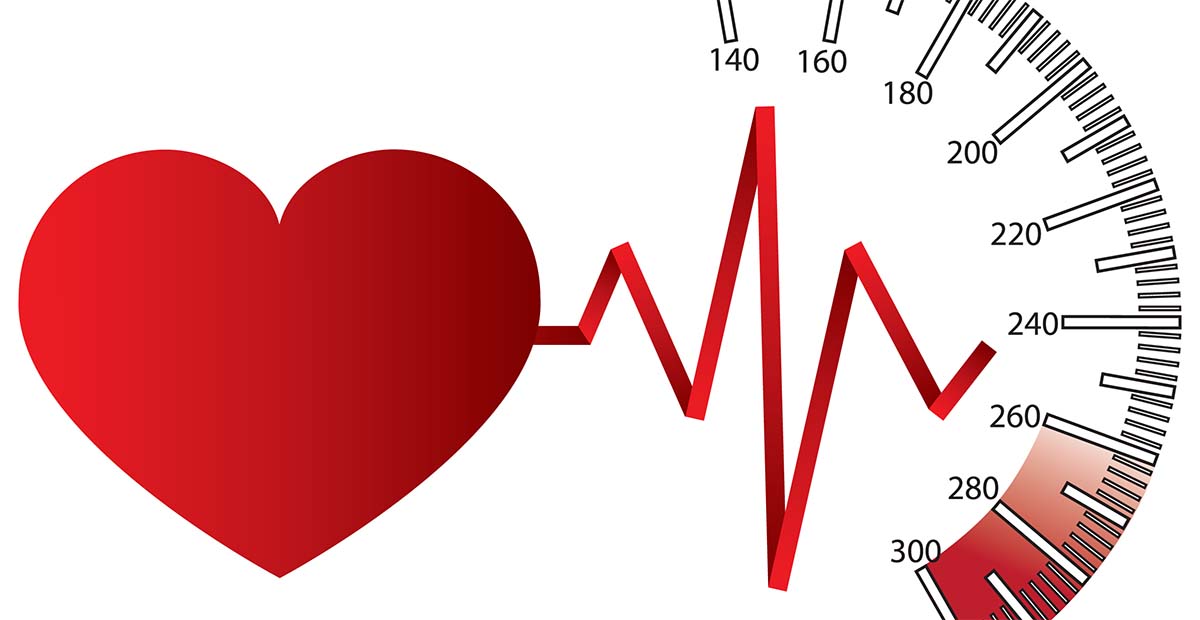Diabetes and Vision: The Silent, Irreversible Threat You Can’t Afford to Ignore
Published on:August 15 2025
When most people think about diabetes, they often worry about blood sugar levels, heart disease, or kidney problems. However, one of the most serious and permanent complications of diabetes is its effect on your eyes. Diabetic eye disease can lead to irreversible vision loss, and because it is not immediately life-threatening, it often does not get the attention it deserves. Yet, for those affected, losing sight can be devastating and life-changing.
How Does Diabetes Affect Vision?
Diabetes can damage the small blood vessels in the retina, which is the light-sensitive layer at the back of your eye. This damage is called diabetic retinopathy. High blood sugar levels over time make these blood vessels weak and leaky. They may bleed or leak fluid, causing the retina to swell and function poorly.

Credit: Optimax
As the disease progresses, new, abnormal blood vessels may start to grow in the retina. These new vessels are fragile and can bleed easily, leading to more severe vision problems. In some cases, scar tissue can form, pulling on the retina and even causing it to detach from the back of the eye—a medical emergency that can result in permanent blindness.
Diabetes also increases the risk of other eye conditions, such as diabetic macular oedema (swelling in the central part of the retina), cataracts (clouding of the eye’s lens), and glaucoma (increased pressure in the eye). All of these conditions can contribute to vision loss.
Why Is the Damage Irreversible?
The retina is made up of delicate nerve cells that are essential for vision. Once these cells are damaged or die, they cannot grow back. This means that any vision lost due to diabetic eye disease is permanent. While treatments can help slow down the progression of the disease or manage symptoms, they cannot restore vision that has already been lost.
This is why early detection and prevention are so important. The earlier diabetic eye disease is found, the better the chances of preserving your sight. Once the damage is done, there is no way to reverse it.
Why Isn’t More Attention Paid to Diabetic Eye Disease?
Unlike heart attacks or kidney failure, losing your sight from diabetes does not usually result in death. Because of this, diabetic eye disease often gets less attention from both the public and healthcare providers. Many people with diabetes are not aware of the risks to their eyes until they start to notice problems with their vision. By then, significant and irreversible damage may have already occurred.
There is also a lack of public awareness about how common and serious diabetic eye disease is. People may not realise that vision loss from diabetes is preventable if caught early. As a result, not enough resources are devoted to screening, education, and support for those at risk.
Spotting the Symptoms: What Should You Look Out For?
One of the most dangerous things about diabetic eye disease is that it often develops without any symptoms in the early stages. You might not notice any changes in your vision until the disease has already caused significant damage.
As diabetic eye disease progresses, you may start to notice:
-
Blurred or fluctuating vision, where your sight becomes less sharp or seems to change from day to day.
-
Dark or empty spots in your field of vision, making it hard to see in certain areas.
-
Difficulty seeing at night, which can make driving or moving around in low light more challenging.
-
Colours appearing faded or washed out, making it harder to distinguish between different shades.
-
Sudden vision loss, which is a medical emergency and requires immediate attention.
-
If you experience any of these symptoms, it is important to see an eye doctor as soon as possible.
What Can You Do to Protect Your Vision?
The good news is that most vision loss from diabetes can be prevented with the right steps. Here’s what you can do:
First, keep your blood sugar, blood pressure, and cholesterol under control. High levels of any of these increase your risk of eye complications. Work with your doctor to set and achieve healthy targets.
Second, have regular eye exams. Everyone with diabetes should have a comprehensive dilated eye exam at least once a year, even if their vision seems fine. These exams can detect early signs of diabetic eye disease before you notice any symptoms.
Third, pay attention to any changes in your vision. If you notice anything unusual, such as blurriness or dark spots, see your doctor straight away. Do not wait for your next scheduled appointment.
 Finally, adopt a healthy lifestyle. Eat a balanced diet, exercise regularly, and avoid smoking. These habits not only help control your diabetes but also protect your eyes and overall health.
Finally, adopt a healthy lifestyle. Eat a balanced diet, exercise regularly, and avoid smoking. These habits not only help control your diabetes but also protect your eyes and overall health.
The Situation in Singapore: A Growing Concern
Singapore has one of the highest rates of diabetes in the world. About 10% of adults aged 18 to 69 have diabetes. Of these, around 30% develop diabetic retinopathy, and about 10% of those have vision-threatening forms of the disease. This means thousands of Singaporeans are at risk of losing their sight due to diabetes, often without realising it until it is too late.
MOH’s Stance and National Efforts
The Ministry of Health (MOH) in Singapore recognises how serious diabetic eye disease is. As part of the national “War on Diabetes” campaign, MOH focuses on three main areas: prevention through healthy living, early detection and intervention, and better disease management. Public education and the use of technology are also key parts of their strategy.
To tackle diabetic eye disease, MOH, together with the Singapore National Eye Centre (SNEC) and the Singapore Eye Research Institute (SERI), set up the Singapore Integrated Diabetic Retinopathy Programme (SiDRP). This programme provides centralised, real-time screening for diabetic retinopathy at all polyclinics. Advanced technology, including artificial intelligence, is used to ensure quick and accurate results. More than 600,000 patients have been screened, and almost all reports are ready within one business day. This approach helps catch eye problems early and saves both money and specialist time.
What More Can Be Done?
While Singapore has made significant progress in screening and early detection, there is always more that can be done—both at the national level and by individuals themselves.
Firstly, it is important for everyone with diabetes to take personal responsibility for their eye health. This means not only attending annual eye screenings but also keeping up with regular medical appointments for diabetes management. If you have not had an eye check in the past year, make an appointment at your nearest polyclinic or eye clinic. The Singapore Integrated Diabetic Retinopathy Programme (SiDRP) makes it easy and convenient to get screened, with fast results and referrals if needed.
If you are unsure where to start, speak to your family doctor or diabetes nurse. They can refer you for an eye screening and explain what to expect. Many polyclinics and community health centres in Singapore offer subsidised screening services, making it affordable for everyone. If you are a CHAS, Pioneer Generation, or Merdeka Generation cardholder, you may be eligible for further subsidies.
For those who have already been diagnosed with diabetic eye disease, do not lose hope. While lost vision cannot be restored, there are treatments available to slow down the progression of the disease and help you make the most of your remaining sight. These may include laser therapy, injections, or surgery, depending on the severity of your condition. Your eye specialist will discuss the best options for you.
Support is also available beyond medical treatment. Organisations such as Diabetes Singapore and the Singapore Association of the Visually Handicapped (SAVH) offer resources, counselling, and support groups for people living with diabetes and vision loss. Reaching out to these groups can help you learn how to adapt, connect with others facing similar challenges, and access practical assistance for daily living.
Finally, education is key. Share what you have learned about diabetic eye disease with your family and friends, especially if they have diabetes. Encourage them to go for regular screenings and to take their eye health seriously. The more people know about the risks and the steps they can take, the more preventable vision loss becomes.
Protecting your vision from diabetes is a team effort—between you, your healthcare providers, and the wider community. Don’t wait for symptoms to appear. Take action today: book your screening, manage your diabetes, and seek help if you need it. Your sight is worth it.
Diabetic eye disease is a silent, irreversible threat that deserves much more attention. By understanding the risks, recognising the symptoms, and taking proactive steps, you can protect your vision for years to come. Remember: once your sight is lost, it cannot be restored—so don’t wait until it’s too late. Make your eye health a priority today.
If you or someone you know is living with diabetes, share this information and encourage regular eye checks. Vision is precious—let’s not take it for granted.
Diabetes and Vision: The Silent, Irreversible Threat You Can’t Afford to Ignore






